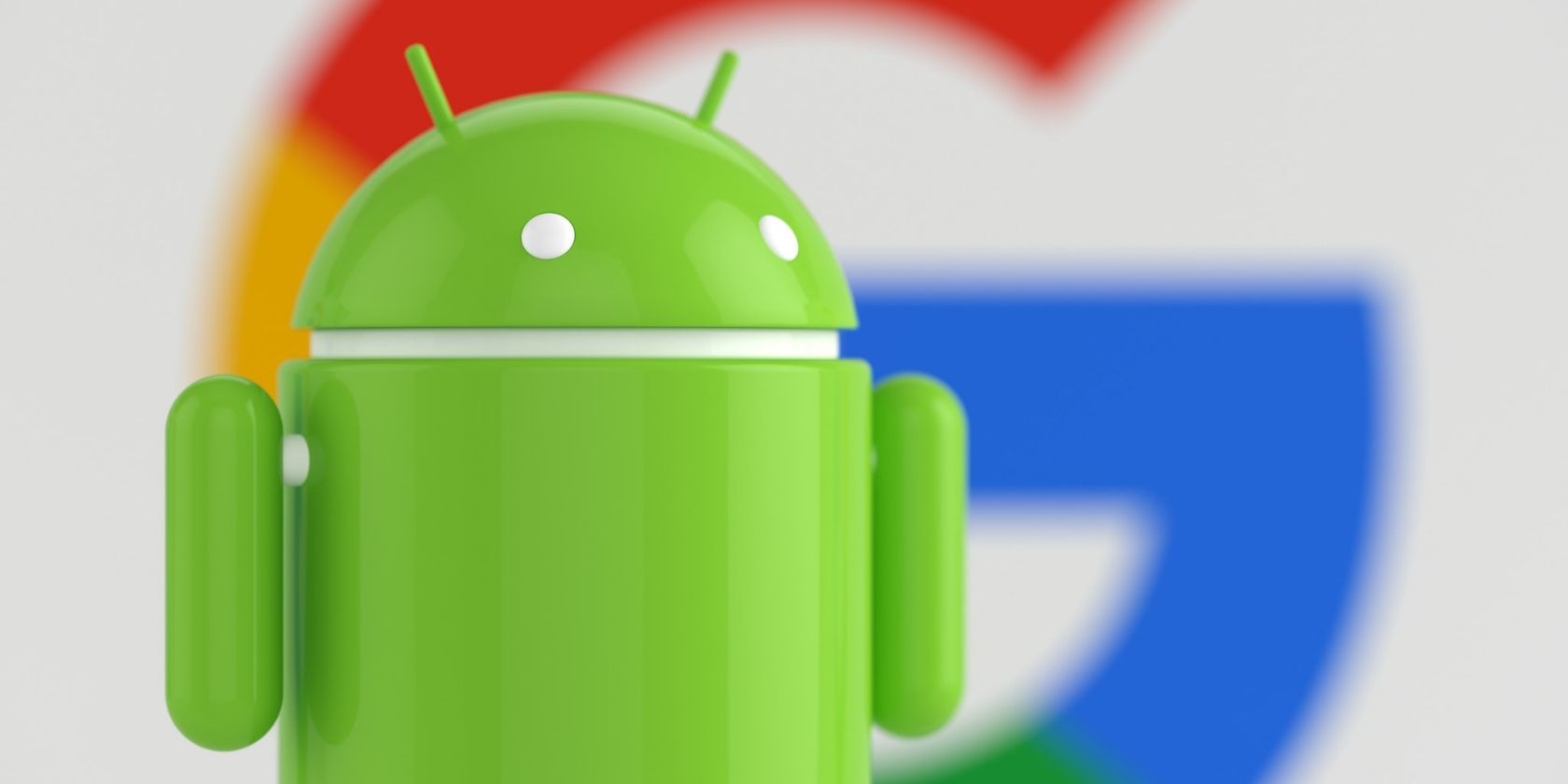While Android 13 is yet to roll out on some Android phones, we are already waiting to see what Android 14 has to offer in 2023. As amazing as Android is, it still lacks a lot of features that we think can greatly improve your user experience.
Here are nine features we want to see in Android 14 in 2023.
1. Stacked Widgets
Over time, your Home screen can get cluttered as you fill it with different apps and widgets. With stacked widgets, you can stack multiple widgets on top of each other to reduce the space they take on your screen.
This way, you can add useful widgets to your Home screen and get the most out of your Android phone without crowding the screen. The iPhone introduced the feature first, Samsung phones already have it thanks to One UI 5, and we would love for stock Android to copy it.
2. Put Apps to Sleep
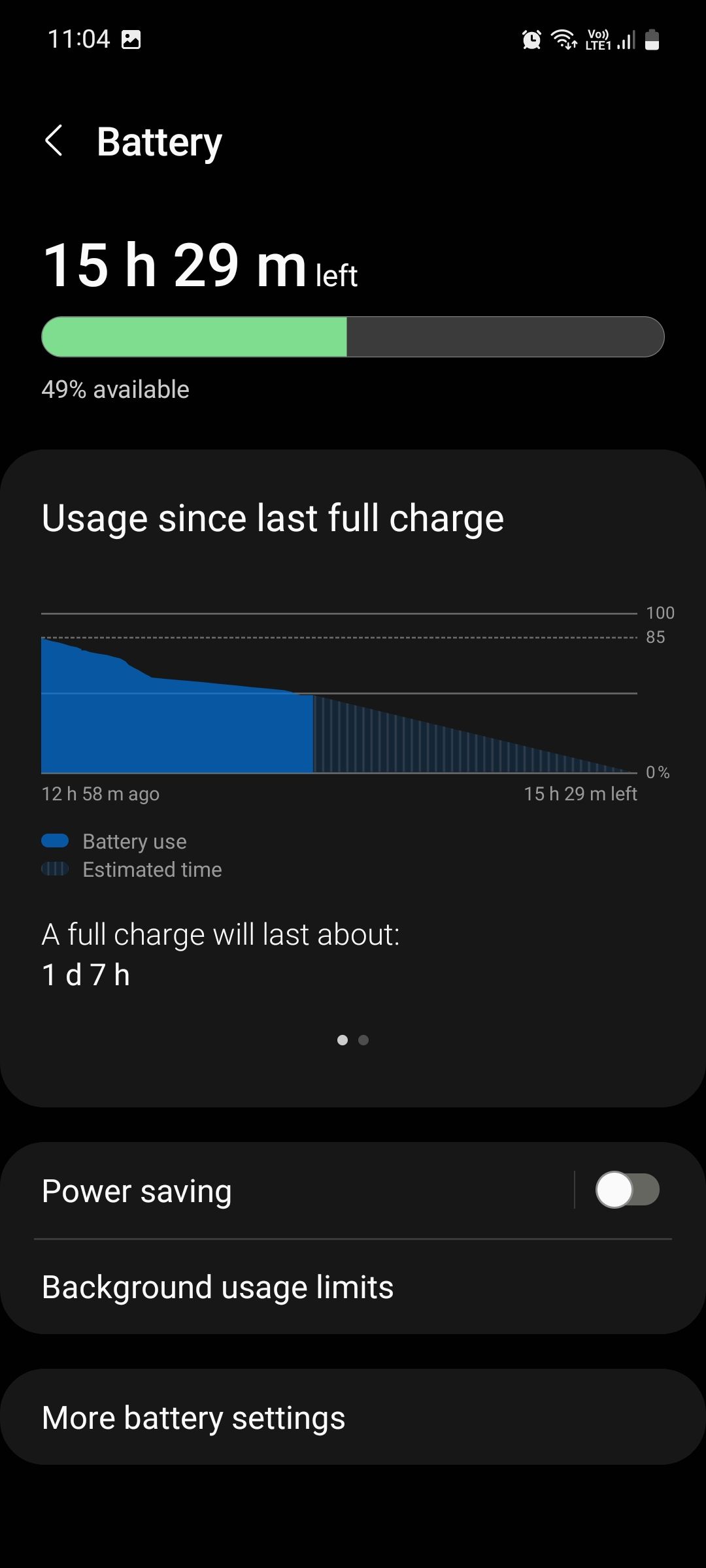
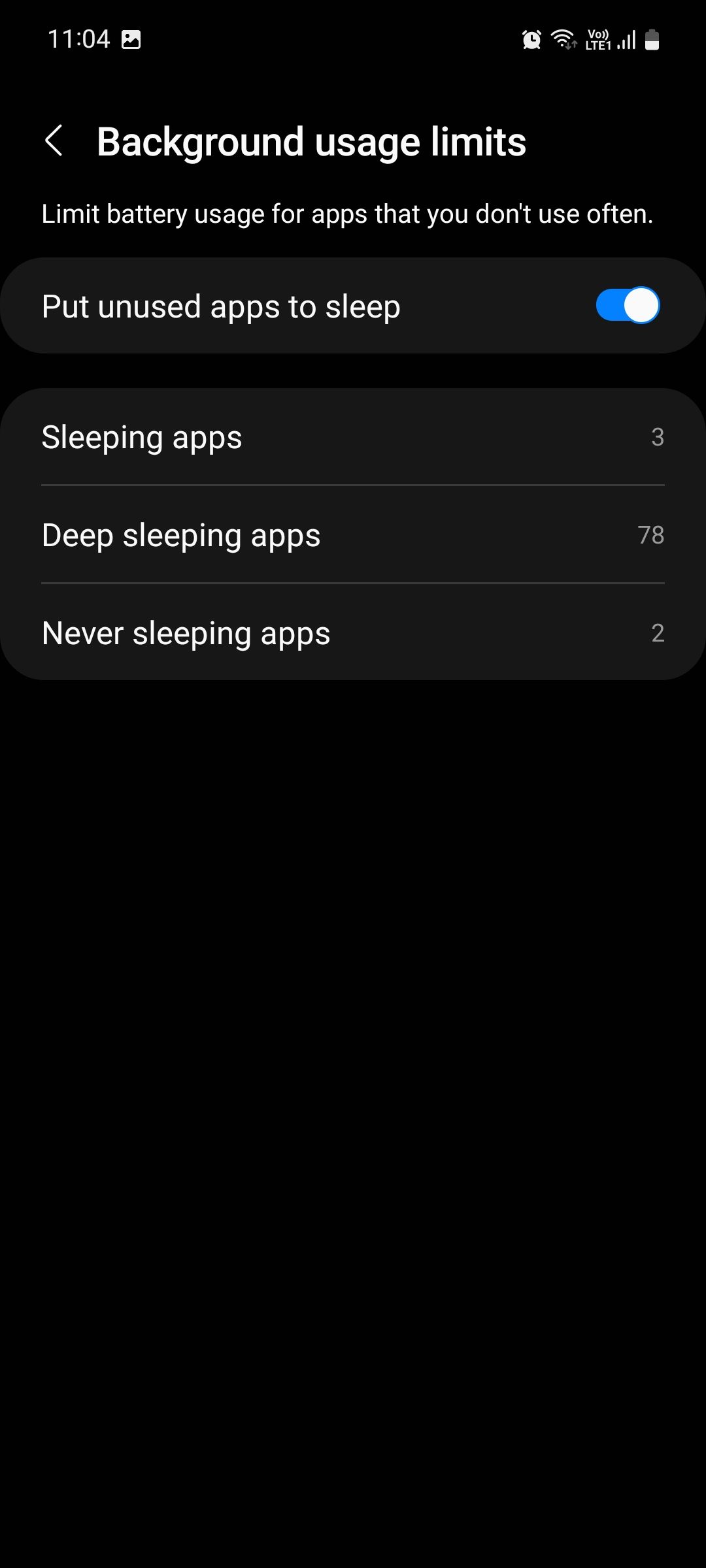
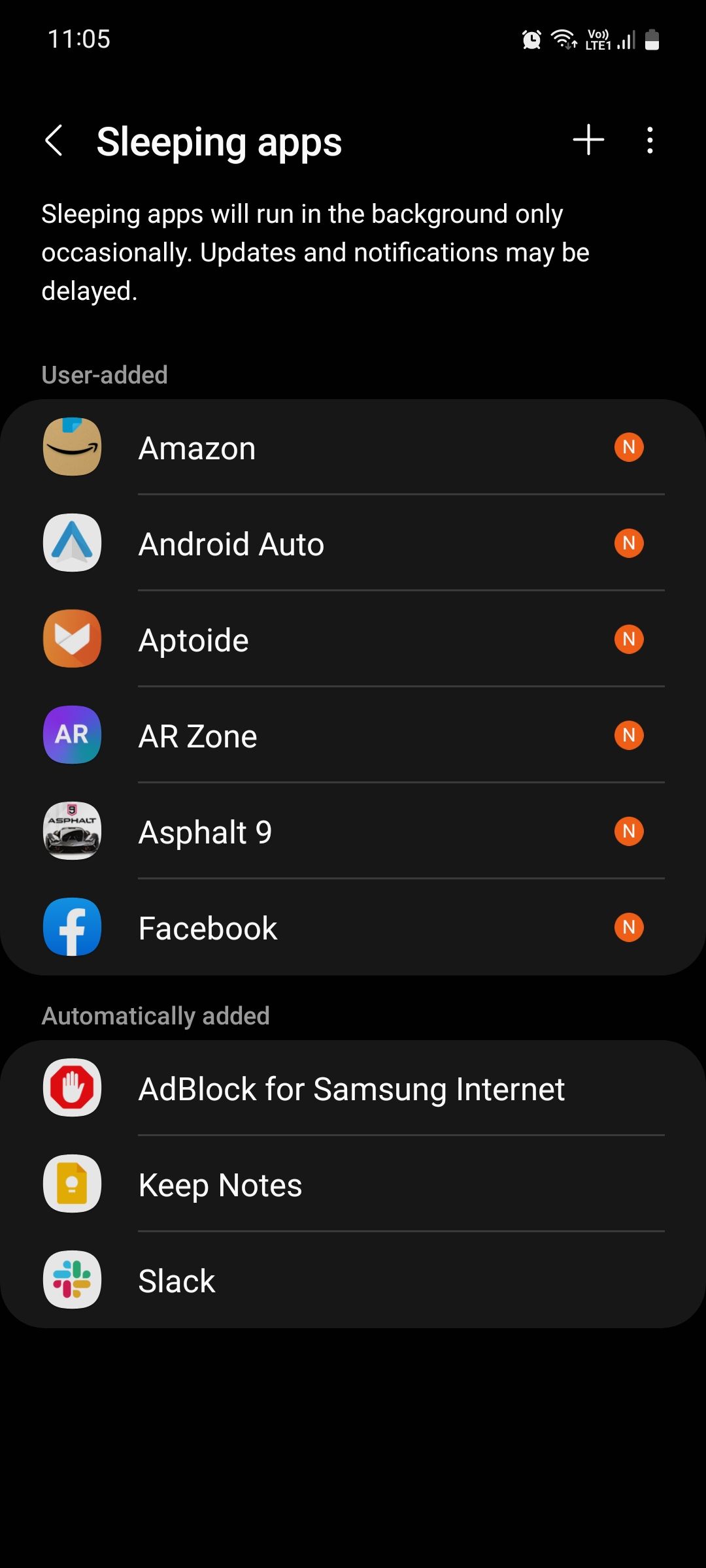
Another feature that we want to see on Android 14 is the ability to put unused apps to sleep. Nobody likes it when apps run in the background for no reason, so putting them to sleep stops them from using your phone's resources such as battery life, RAM, and processing power.
There are third-party apps on the Play Store that you can download that replicate this functionality, but they are often not reliable and can sometimes cause unintended problems such as crashing apps and unsent notifications. A built-in feature would be ideal.
3. Lock Individual Apps
You might want to keep some of your apps locked away for additional privacy, such as the gallery, banking apps, investment apps, period trackers, dating apps, and messaging apps.
Android currently has no such feature that allows locking individual apps with a password, although some Android skins such as Oppo's ColorOS and Xiaomi's MIUI do allow it.
Locking apps gives you that peace of mind that even if someone bypasses your Lock screen, they will not be able to access certain apps that you want to keep private.
4. Battery Health Indicator
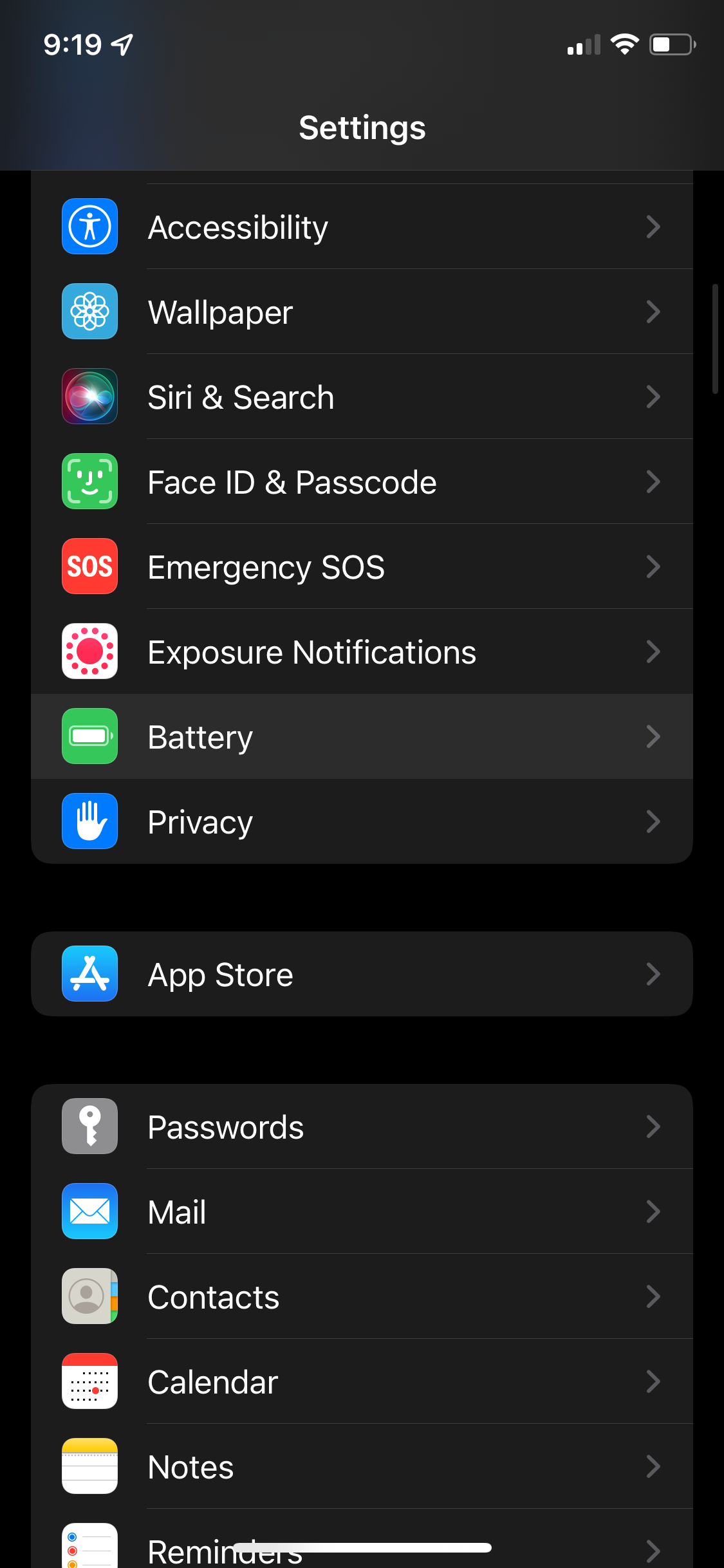
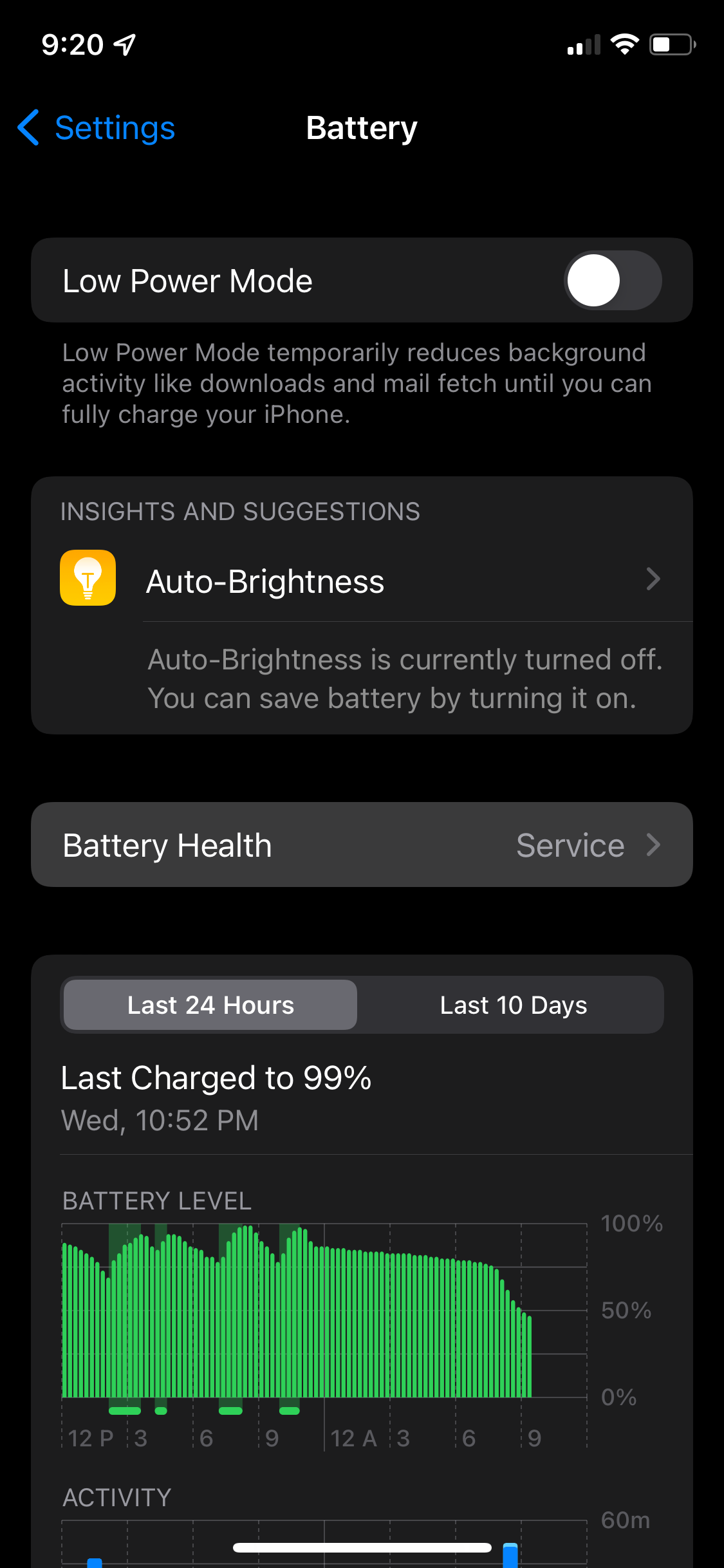
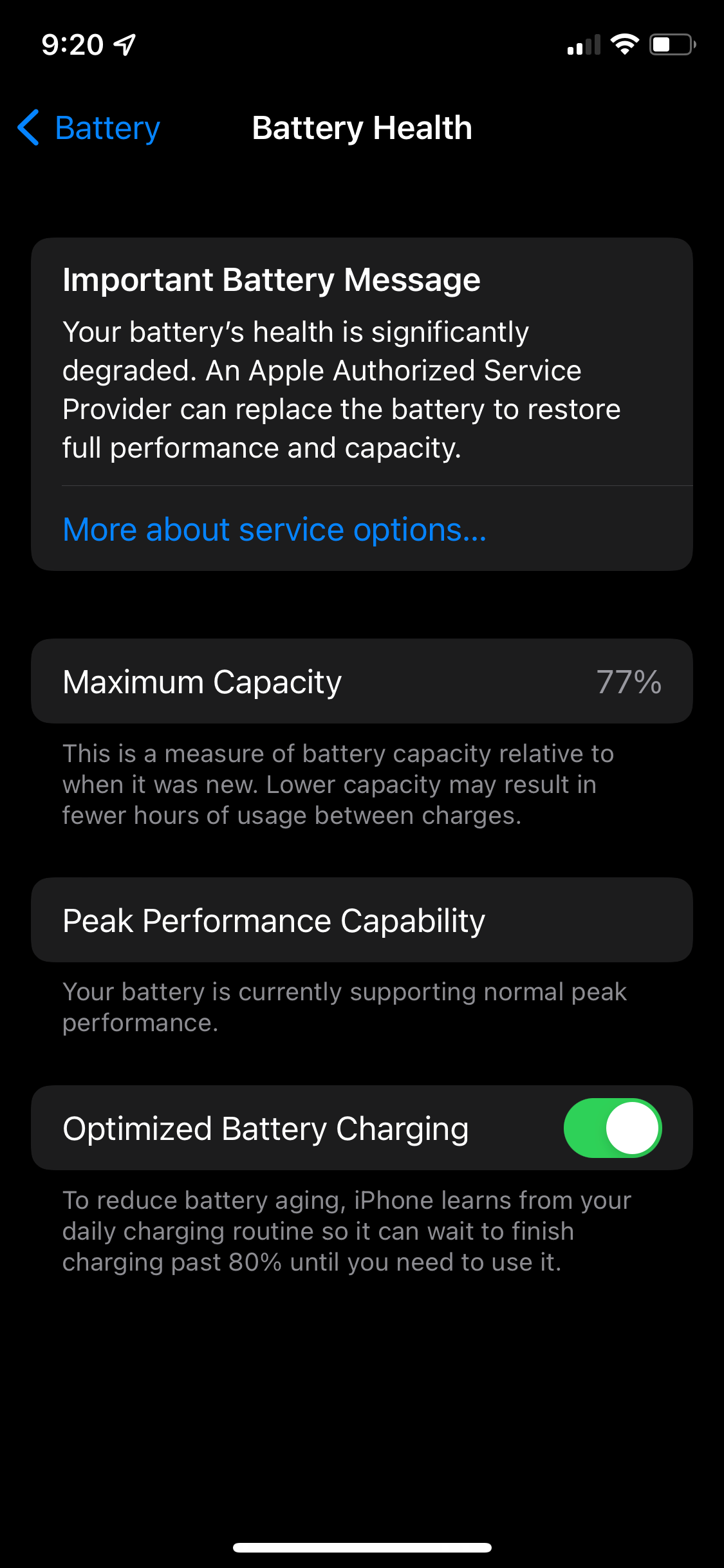
As you continue to use your phone for years on end, its overall battery health deteriorates, meaning that it can no longer hold as much charge as it used to. In other words, it limits your total battery capacity due to the natural wear of tear of the battery hardware.
You can check the battery health on iPhones, but there is no such feature on Android. Ideally, your battery should retain about 80% of its maximum capacity after 800 charge cycles. So if you charge your phone once a day, you'll want to replace the battery after roughly two years.
5. Built-In Temporary Email Addresses
No phone in the market right now offers a built-in tool to generate temporary email addresses, and we would like Android to pioneer this feature. A temporary email address allows you to dodge apps and sites that require you to enter your email to access their service, and then later bombard you with irrelevant marketing ads and spam.
With a built-in temporary email tool, you could just tap a button, copy the email address, and paste it wherever needed. This way, you can save your real email address from being automatically subscribed to unknown newsletters and avoid having your inbox flooded.
6. A "My Ad Center" Menu in Settings
Not too long ago, Google announced My Ad Center, a place where you can adjust your ad preferences to see more or less of a particular ad category. This was introduced as a way to be more transparent about the kind of ads you see on Google Search, YouTube, and Discover.
It's a great tool, but most people are unaware that it exists because it's not integrated into Android yet. If there were a menu in the device settings to access My Ad Center, people would be more eager to check it out and actually use the feature to customize their ad preferences.
7. Better Lock Screen Customization
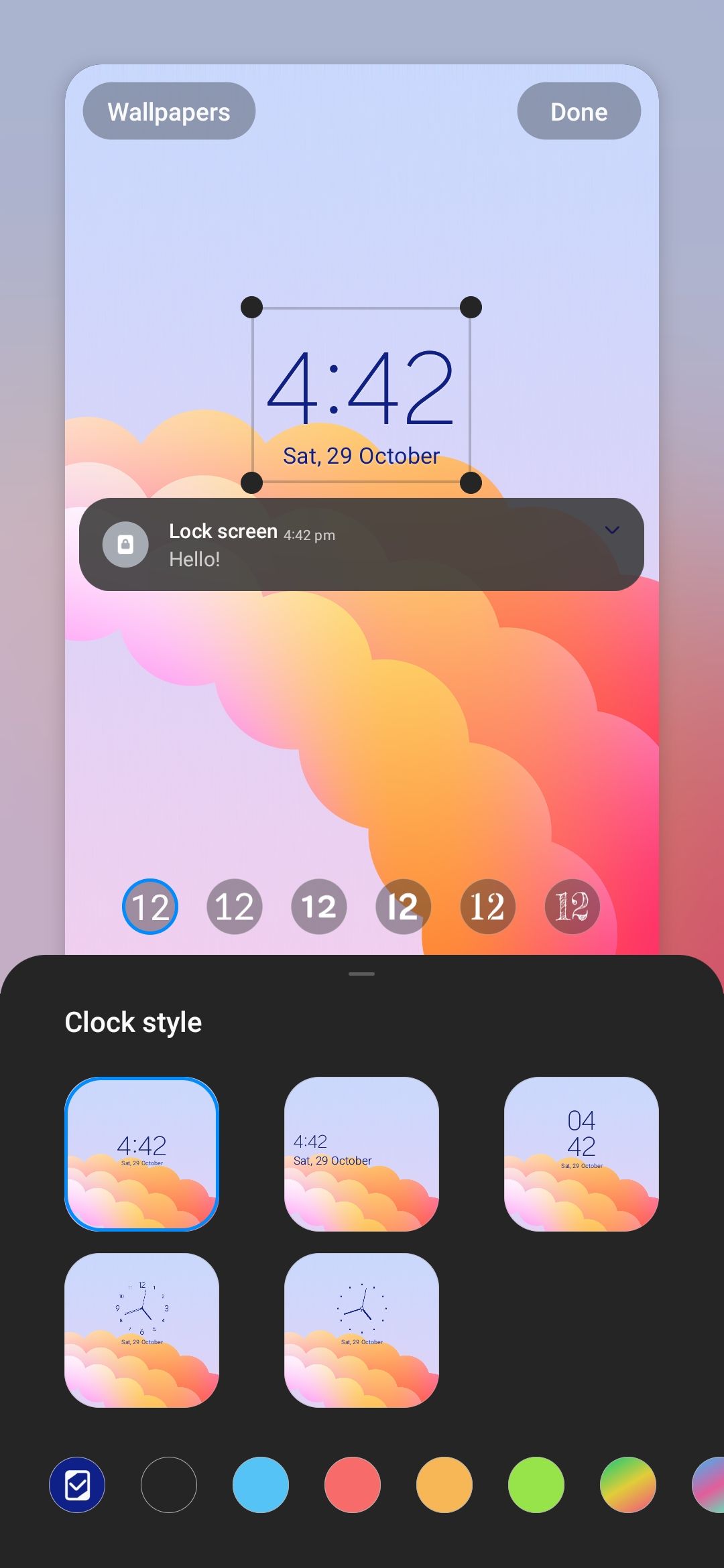
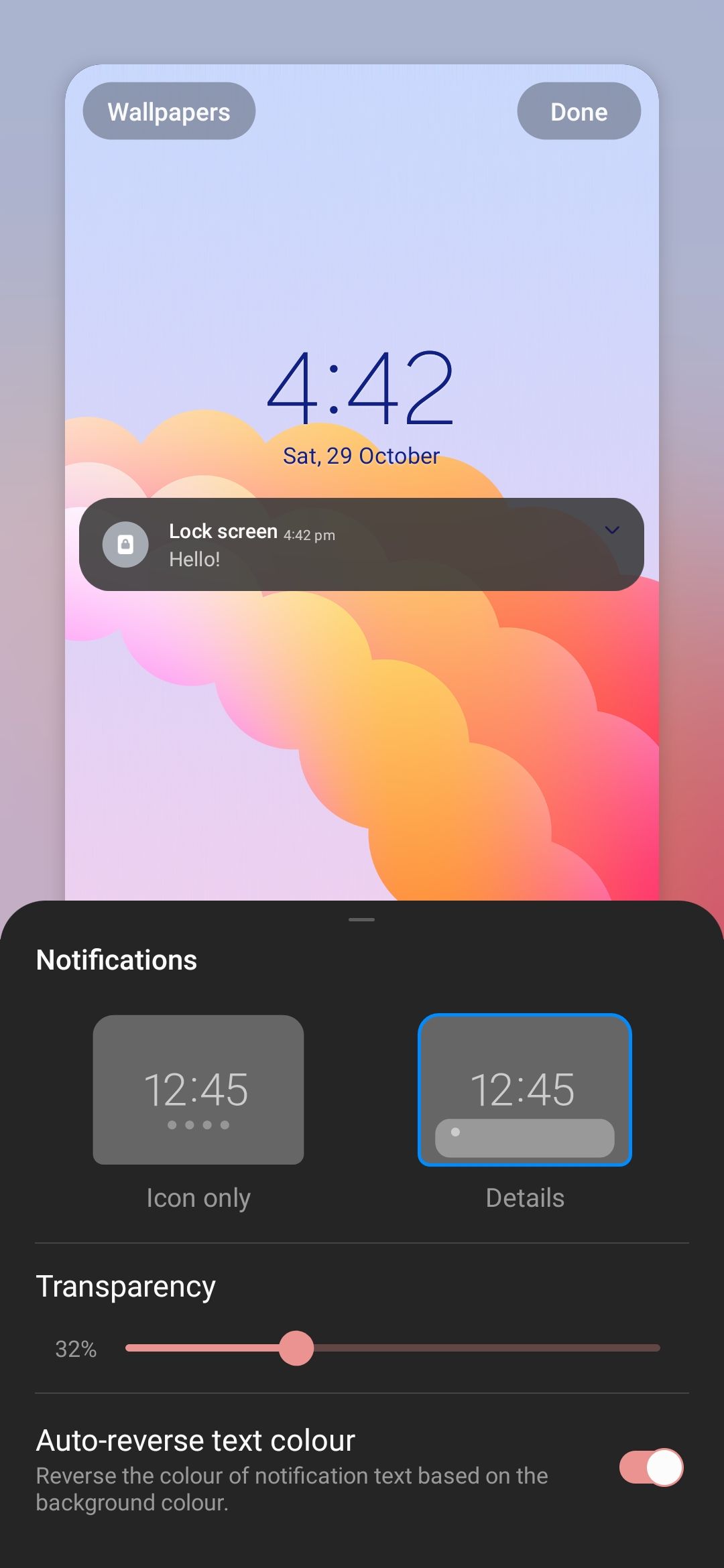
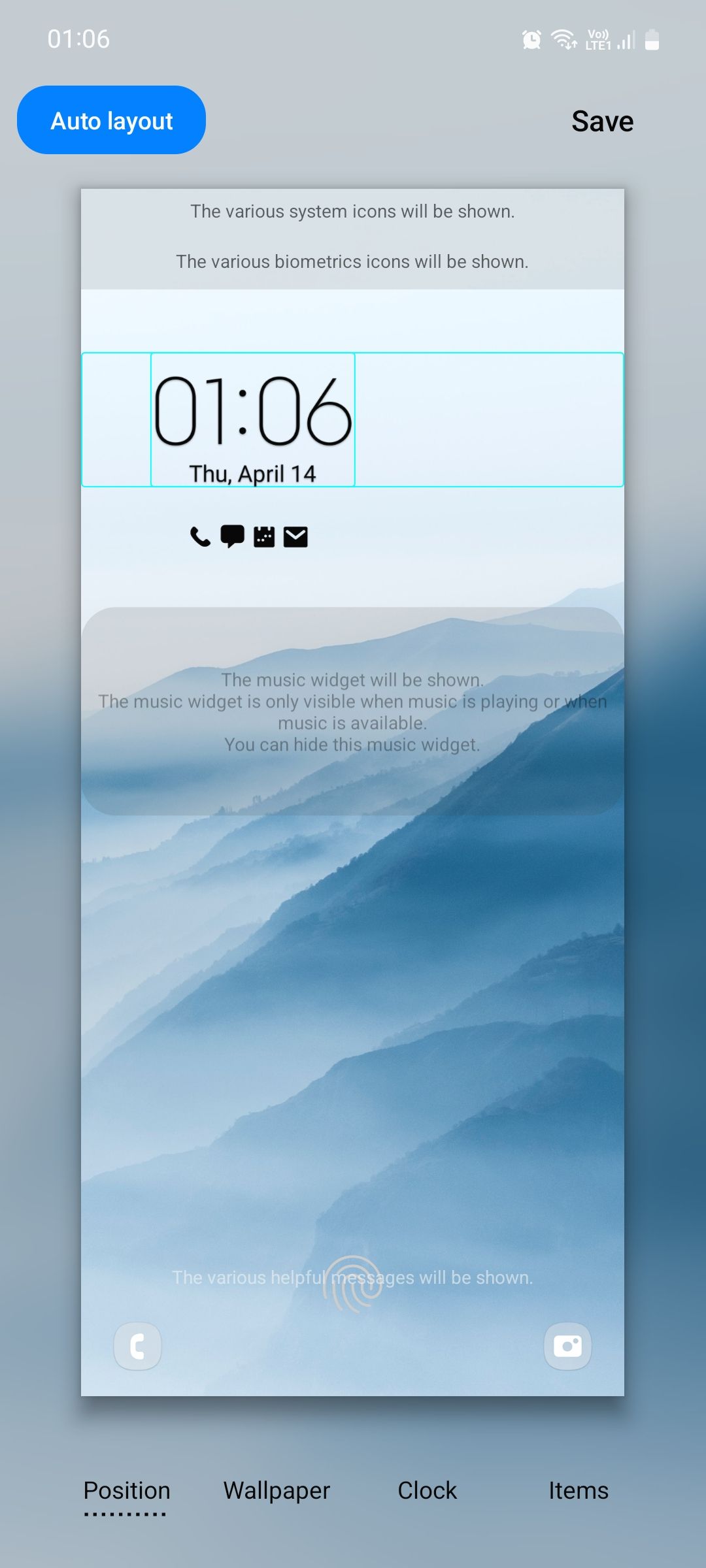
Android is known for choice, but recently, iPhones have become increasingly customizable to the point where they now have better Lock screen customization. On iOS, you can change the clock style, font, and color, and also add useful widgets.
Samsung's latest One UI 5 added better Lock screen customization for Galaxy phones, but stock Android doesn't yet have the same. We would like to see Android 14 introduce some new options to customize your Lock screen and the ability to add widgets on top.
8. Manual Control Over Material You
We love the Material You design language introduced with Android 12, and Google has made improvements to it ever since it launched. But we can't help but notice how it doesn't give you the option to customize individual elements of the user interface.
For instance, you can't pick different colors for the Quick Settings panel and the Clock widget. The system just uses your selected color palette and automatically applies the colors based on what it thinks is the best match. And although it works well enough on its own, we'd like to be able to set colors manually as well.
9. Lift a Subject From the Photo Background
With iOS 16, Apple introduced a really useful new feature on iPhones: the ability to isolate a subject from its background and instantly share it with others. It's essentially a built-in tool to remove the background from any image, but what makes it so special is how easy it is to use.
All you need to do is long-press on the subject of the photo; once it's outlined, you can share it with others, drag it into a text box, or copy and paste it as a clipboard item. It's fast, intuitive, and really convenient. Suffice it to say, we want Android 14 to copy this feature.
Android 14 Could Be So Much More
We remain curious to see what Android 14 will bring. While some changes are more likely, such as Material You improvements and better Lock screen customization, others might get postponed to Android 15, including stacked widgets, app locks, and the battery health indicator.
For the first time ever, it seems iPhones might be slightly ahead of Android when it comes to having cool new features. Let's hope Android 14 can turn the tide again in 2023.

